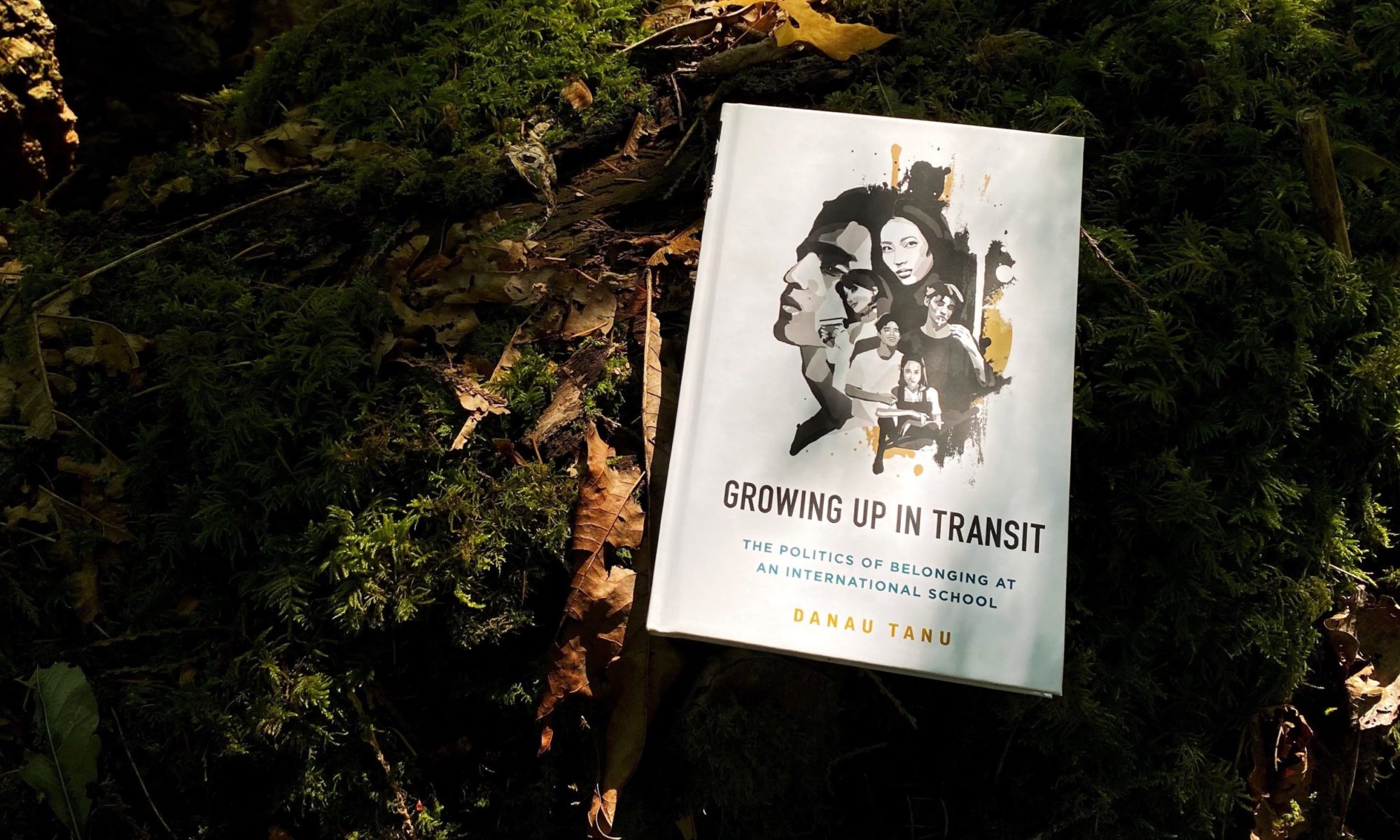If I was to distil the core aim of anti-racism for international schools, it would be as simple as: How can we help the diverse cohort of students on our international school campuses feel ‘seen’?
In other words, how can we ensure that students feel seen both as unique individuals and as the same as (or equal to) everyone else? How can we ensure all students feel as though they belong on our campus?
Main theme
Being ‘seen’
Core topics
- being ‘international’ and the invisible diversity
- internalized racism
- the hidden curriculum (and hidden narratives)
- teachers as gatekeepers / cultural brokers
SLIDEs
The slides from the workshop are available in PDF format.
Optional readings
These three short, easy-to-read articles offer a brief introduction to the core topics listed above. These articles include extracts from Growing Up in Transit: The Politics of Belonging at an International School.
- Strange Bedfellows: When “Race” Isn’t Always About Race. (The International Educator (TIE Online). September 16, 2020.)
- Osmosis: When Children Internalize Racism Through School. (Originally published on October 14, 2020.)
- The Hidden Curriculum. (Originally published on February 16, 2021.)
You can also download the free introduction to Growing Up in Transit.
List of resources
See a list of other relevant resources here. The list includes the most of the resources mentioned during the presentation as well as additional ones. (It does not include the video by Saeko Mizuta & Aiko Minematsu.)
Breakout session – Part 1
What does it mean to be ‘seen’ or ‘not seen’?
instructions
Work in pairs. 3min storytelling + 2 min retelling each.
Step 1: One person will be the Speaker and the other person will be the Listener. The Speaker will take 3 minutes to answer Questions 1 & 2 below. The Listener will actively listen to Speaker tell their story.
Step 2: The Listener will then take 2 minutes to retell the Speaker’s story using ‘Active Listening’ skills (see below).
Step 3: Switch roles. Repeat steps 1 & 2.
QUESTIONS
Q1. Describe a time when you felt seen by a teacher (or any adult). Why did you feel seen?
Q2. Describe a time when you did not feel seen by a teacher (or any adult). Why did you not feel seen?
ACTIVE LISTENING
Neutral, no judgment
Be attentive (nod, etc), patient (don’t fill silences)
The Listener will reflect back to the Speaker what they said. Use their words as much as possible. Do not interpret. Do not add your opinion.
***
I was inspired to use ‘active listening’ by:
+ Isabelle Min, professional coach, mediator and facilitator. Founder of Transition Catalyst Korea (TCK) Institute www.tck.or.kr
+ Jessica Wei Huang, International Educator, Leader, & Coach, currently Vice Principal at UWCSEA. www.jessicaweihuang.com
Breakout session – Part 2
Q. Describe one or two areas where you lack privilege. How has this affected you and how others interact with you? How does it affect the way you teach and/or interact with students?
Additional questions
Q1. Describe one or two areas where you have privilege. How might this affect how you see students? How you teach?
Q2. Identify and describe an example of a negative narrative that is being told about students at your school. In what way are students being blamed for it? In what way are the staff contributing to the “problem” or acting as gatekeepers? (Question 2 will make more sense after the workshop.)
Q3. Compare the two maps of Australia (here and here). They tell stories from two different perspectives. The first map represents the dominant narrative told of Australia and is more widely known. The second map tells a story that is often missing from the dominant narrative. Can you identify the dominant narrative told in your subject curriculum or textbooks? What are the stories that are missing from the curriculum or textbooks you use?
Q4. What action will you take to help change the culture of the school? For example, what will you change about the way you teach, interact with students or staff, talk about students, and so on?
